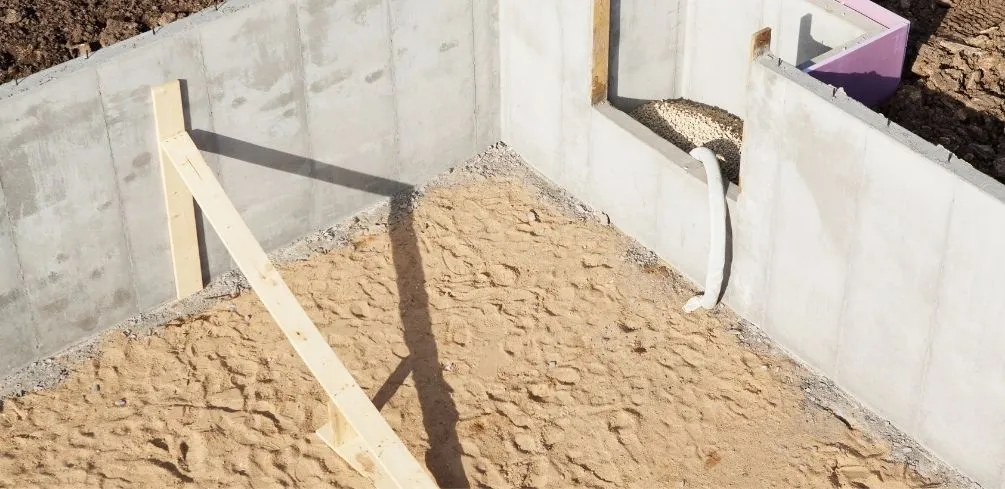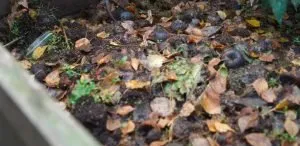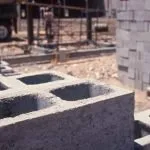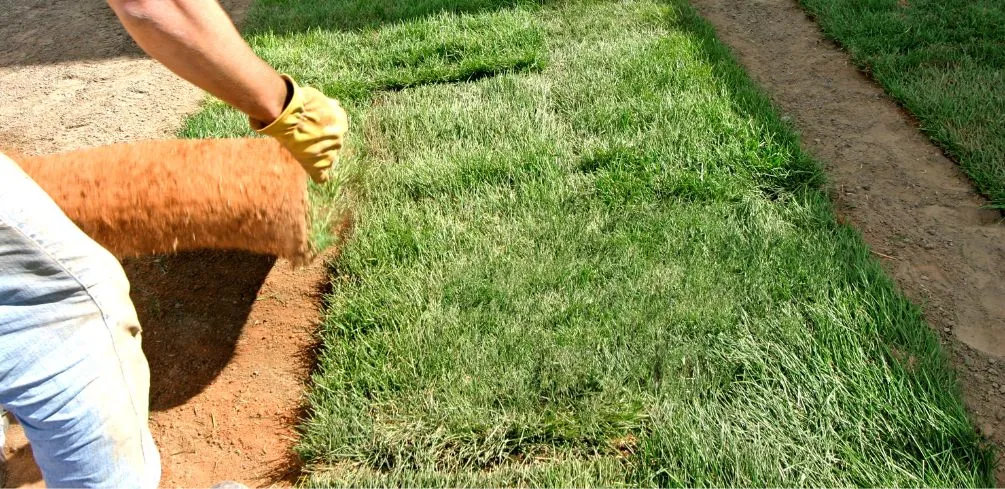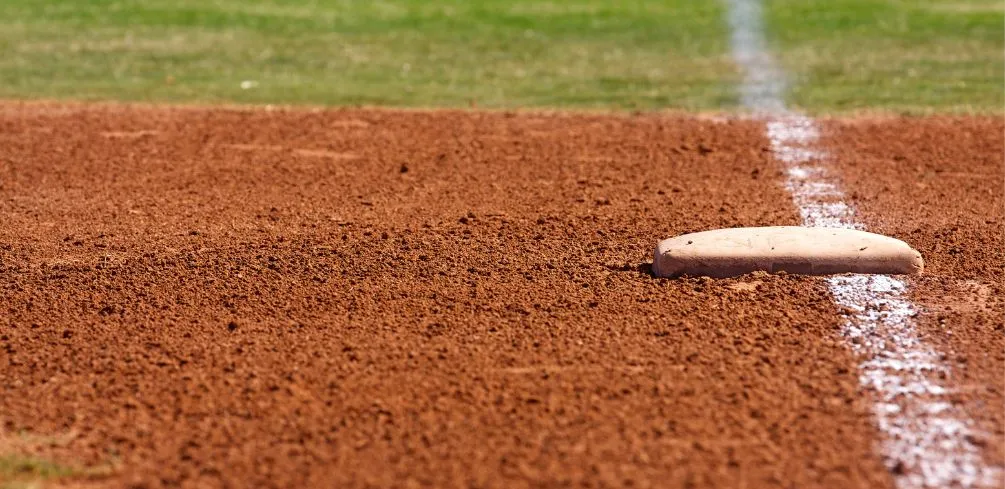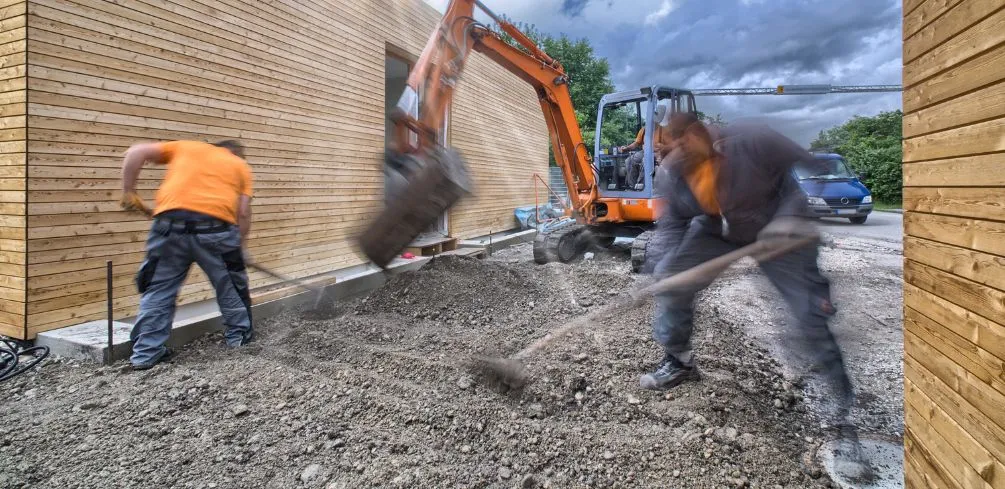While they’re cheap and easy to build, dirt basements can be problematic. Here are just a few of the issues you could face: water infiltration, mold growth, and thermal insulation problems. If you’re still not convinced, read on for more reasons why dirt basements may be bad news.
Dirt basements have been around for centuries and are still popular for many homeowners. However, there has been a recent movement away from dirt basements due to concerns about moisture and mold. Are dirt basements that bad?
What are Dirt Basements?
Dirt basements are simply basements built on bare earth, with no concrete floor or walls. In other words, they’re a hole in the ground that’s been covered over.
While this might sound like a bad idea (and it is), dirt basements were once a very popular choice for homeowners. They’re much cheaper and easier to build than traditional basements, so some people still choose them today.
The Disadvantages of Having a Dirt Basement
Several serious problems can occur with dirt basements. Let’s take a closer look at each one.
Water Infiltration
A dirt basement is susceptible to water infiltration for a variety of reasons. First, the porous nature of the soil allows water to seep through the walls and floor of the basement.
Additionally, rain and snowmelt can saturate the ground around the foundation, causing hydrostatic pressure to build up against the basement walls. This pressure can force water through any cracks or gaps in the foundation, leading to flooding.
Finally, fluctuating temperatures can cause the soil to expand and contract, putting stress on the basement walls and creating cracks that allow water to enter. Water infiltration can damage belongings stored in the basement and cause mold growth.
In addition, the damp environment can cause structural damage by degrading the wood framing and causing the supports to rot.
As a result, it is important to take steps to waterproof a dirt basement before using it for storage or other purposes. Otherwise, you may find yourself dealing with costly repairs down the road.
Mold Growth
When most people think of a dirt basement, they imagine a dark, dank space perfect for storing holiday decorations and old exercise equipment. However, there are some serious disadvantages to having a dirt basement, chief among them being the risk of mold growth.
While dirt basements are typically cooler and more humid than above-ground rooms, these conditions can provide an ideal environment for mold spores to thrive. In addition, dirt basements are more likely to be exposed to moisture from the ground, promoting mold growth.
If left unchecked, mold can cause structural damage to a home and respiratory problems for its occupants. It is important to take steps to prevent mold growth in a dirt basement, such as ensuring adequate ventilation and regularly cleaning the area.
Thermal Insulation Problems
Homes with dirt basements are more likely to have thermal insulation problems, leading to increased energy costs. In the winter, the ground below your house is cold, making your basement colder than it would be if it were above ground.
Even if you have a heating system in your basement, the cold air from the ground will seep in and make it harder to heat the space. In the summer, the situation is reversed. The ground below your house will be warmer than the air above it.
This can cause your basement to be uncomfortably hot, even with a cooling system. As a result, it is important to take measures to improve the insulation in your home if you have a dirt basement.
Allergies
Allergies are a common condition that affects millions of people worldwide. For some, allergies can be a minor nuisance, but they can be debilitating for others.
One of the most common triggers for allergies is dust. Dust mites are small creatures that thrive in warm, moist environments.
They feed on dead skin cells and are often found in carpeting, upholstered furniture, and bedding.
Dust mites are too small to be seen with the naked eye, but their feces and body fragments can cause allergic reactions in sensitive individuals. People with dust mite allergies may experience sneezing, congestion, and runny nose. In severe cases, dust mite allergies can trigger asthma attacks.
If you suffer from dust mite allergies, it’s important to take steps to reduce your exposure to these tiny creatures.
One of the best ways to do this is to avoid spending time in dirt basements. Dirt basements are often prime breeding grounds for dust mites due to the lack of ventilation and humid conditions.
If you must go into your basement, wear a mask and take other precautions to avoid coming into contact with dust and other allergens.
Can Attract Insects and Rodents
Another downside to dirt basements is that they can attract insects and rodents. Insects are attracted to basements because they are dark and humid.
This provides the perfect environment for insects, such as cockroaches, ants, and termites. In addition, dirt basements can provide a food source for these creatures. For example, cockroaches are known to eat various things, including paper, fabric, and even human hair.
In addition to being a nuisance, insects can also carry diseases. For example, cockroaches can spread bacteria such as Salmonella and E. coli.
Termites can also cause damage to the structure of your home by eating away at the wood. Rodents are another type of creature that is attracted to dirt basements.
Mice and rats are attracted to basements because they provide a safe place to nest and find food. In addition, rodents can carry diseases such as hantavirus and plague.
It is important to take steps to prevent insects and rodents from entering your home.
How to Maintain Your Dirt Basement
If you have a dirt basement, there are several things you can do to maintain it. They include:
Proper Ventilation
Ventilation is an important factor in maintaining a healthy, dirt basement. Basements are particularly prone to poor ventilation, as they are often surrounded by walls on all sides, allowing little opportunity for air to circulate freely. Without proper ventilation, damp and moldy conditions can develop quickly, leading to unpleasant odors and making the space difficult to use.
To prevent these issues, it is important to install proper ventilation in your basement by installing dehumidifiers or a series of fans that pull fresh air in from outside. By doing so, you not only help safeguard your home against unwanted moisture damage, but you also maintain the health and integrity of your dirt basement for years to come.
Maintain Cleanliness
To maintain a clean and functional dirt basement, keeping the area free of unwanted debris and clutter is important. This can involve regularly sweeping to keep dust and dirt at bay.
It can also involve taking appropriate measures to get rid of stains or odors, such as using specially formulated cleaning products or calling in professionals for help.
Additionally, regular maintenance tasks, such as checking for leaks or repainting damaged walls, can help you protect your dirt basement from wear and tear. With a little care and attention, you can ensure that your dirt basement remains safe, clean, and functional for years to come.
Maintain Humidity Levels
One of the best ways to maintain your dirt basement is to keep the humidity levels in check. High humidity can lead to several problems, including mold and mildew growth, wood rot, and musty odors.
Conversely, very low humidity can cause cracking and peeling paint and static electricity. The ideal range for basement humidity is between 30 and 50 percent.
You can monitor humidity levels with a hygrometer available at most hardware stores. To maintain healthy humidity levels, use a dehumidifier or humidifier as needed.
In addition, take steps to improve air circulation in your basement, such as opening doors and windows on nice days and using fans. By taking these simple measures, you can help to keep your basement dry, comfortable, and free of unpleasant odors.
Waterproof the Basement Walls and Floors
Waterproofing your basement walls and floors is one of the best ways to maintain your dirt basement. By doing this, you will be able to prevent moisture from seeping through the walls and floors and into your basement.
There are several different methods that you can use to waterproof your basement, including:
· Installing a sump pump – A sump pump is a device installed on the floor of your basement. It works by collecting water that seeped through the walls and floors and pumping it out of the basement.
· Installing waterproofing membranes – Waterproofing membranes are thin sheets of material placed on the walls and floors of your basement. They work by creating a barrier that prevents water from seeping through.
· Installing French drains – French drains are trenches dug around the perimeter of your basement. They are then filled with gravel and covered with a layer of soil.
They work by collecting water that seeped through the walls and floors and directing it to a sump pump.
· Keep the gutters and downspouts clear of debris – This will help ensure that water is directed away from the foundation of your home and does not have the opportunity to seep into the basement.
If you have a dirt basement, there are a few things that you can do to maintain it and keep it in good condition. By following the tips above, you can help to ensure that your dirt basement remains clean, safe, and functional.
Conclusion
Dirt basements have a reputation for being damp, musty, and unpleasant. However, this doesn’t have to be the case.
With a little care and attention, you can maintain your dirt basement and keep it in good condition. So, don’t let the myths deter you – a dirt basement can be a great asset to your home.
